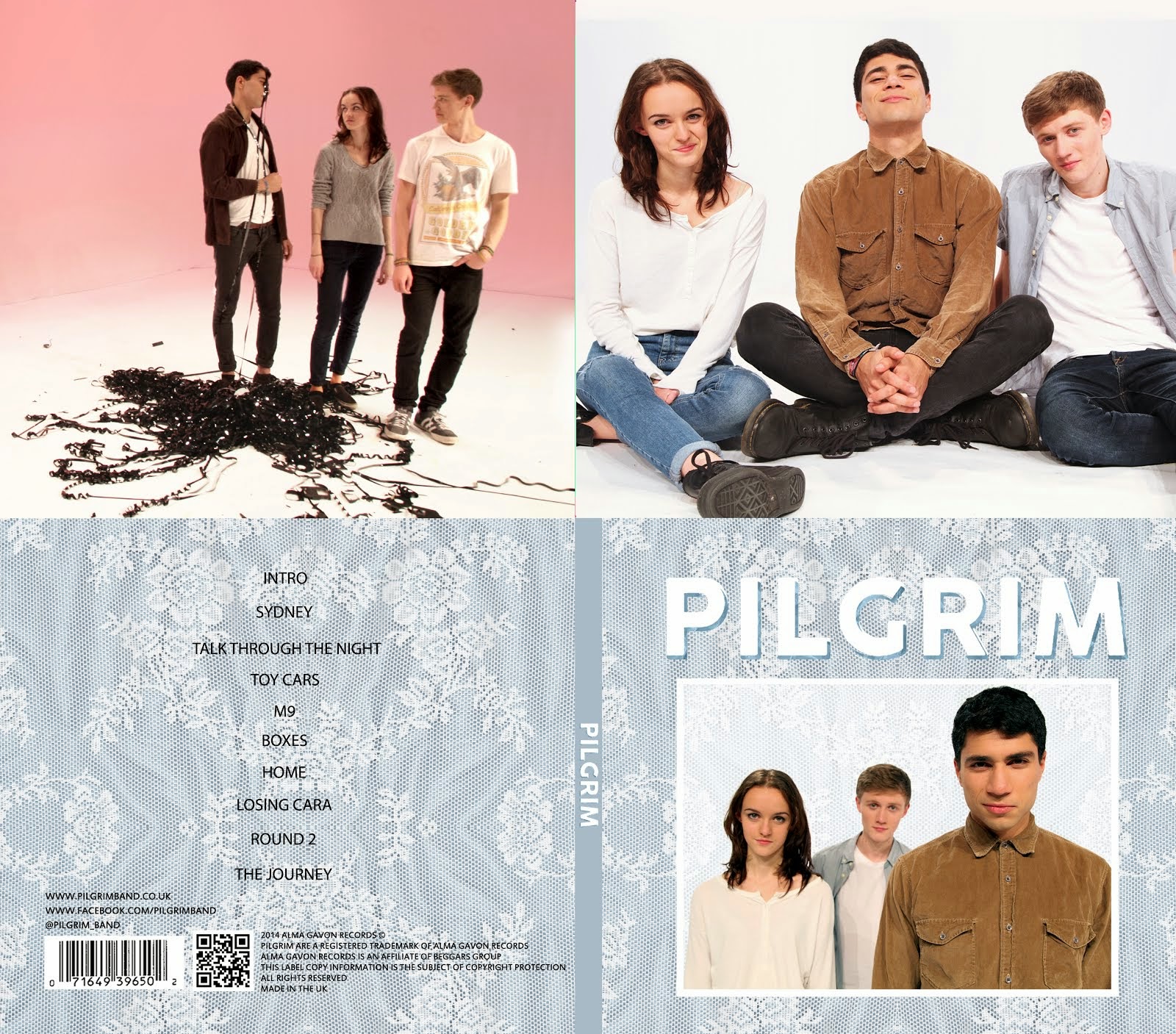Film Opening Continuity Analysis
The opening of Donnie Darko starts with a pan across some trees to a wide shot of mountains and a figure lying in the middle of the road. The camera then arcs round behind the figure and we see his face for the first time. The first shot lasts about 70 seconds, keeping the audience in suspense as to why this character is lying in the road in his pajamas next to his bike. The next shot is a wide pan across mountains, before the character stands up into shot, making him seem isolated from the rest of the world. He then turns around to face the camera and has a creepy smirk on his face before walking out of frame, suggesting he is troubled or disturbed in some way, also signified by a shadow over his face. The film title then appears on the screen before a white blast of light fills the screen with white.
The next sequence is Donnie riding his bike home. This is shown by many track shots following Donnie, as well as some point-of-view shots and various angled shots to show his (and the audiences) disorientation and confusion as he slowly arrives back in the town. There are some slow-mo shots of his family getting on with their daily life - Donnie's dad blowing leaves off the lawn, his sister playing on a trampoline, his mum reading a Stephen King book - all juxtapositioning their ordinary lives to his slightly extraordinary situation at the moment.
In this opening sequence, lots of mid shots and long shots are used to establish setting and overall character purpose without delving too deeply into their personalities other than what they are doing in the shot (e.g. Donnie's father has a good sense of humour as he blows Donnie's sister with the leaf blower). There is one close up of Donnie at the start, to give an enigmatic insight into his character. This prevents the audience from getting confused as there are no big jumps between shot framings. As most of the opening sequence is motion shots, there isn't as much of a risk of breaking the 30 degree rule, and this opening sequence does not.


